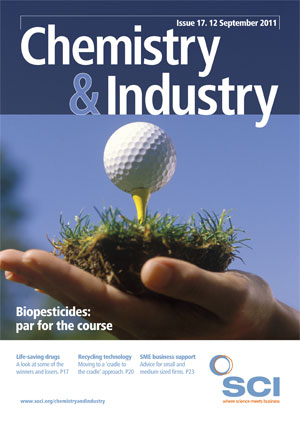US scientists have programmed a bacterial genome to produce a phosphorylated protein. Adding phosphate groups to a protein – phosphorylation – is the main mechanism by which cells switch proteins on and off. As such, it is essential to the proper workings of cells, while errors in the process have been linked to diseases such as cancer.
Normally, phosphate groups can only be added to a protein after it has been produced by enzymes, protein kinases; cells are unable to construct a phosphorylated protein directly from instructions in its genome. This isn’t a problem for cells, which simply add phosphate groups to existing proteins. But for scientists, it means they can’t make and study phosphorylated proteins to order, as they can with non-phosphorylated proteins.
So a team of scientists led by Dieter Söll from Yale University in New Haven, US, set about engineering the genome of the bacterium Escherichia coli to code for phosphoserine, a phosphorylated version of the amino acid serine. To do this, they turned to a methane-producing microbe, Methanococcus maripaludis, which is one of the few organisms known to produce phosphoserine from scratch. It only does this, however, as a part of a convoluted method for producing the amino acid cysteine (Science, 2011, 333, 1151).
Söll and his team transferred the genetic code for phosphoserine to E. coli and tinkered with its protein constructing machinery so that it would accept phosphoserine and add it to proteins. After showing that this worked, they inserted the genetic code for phosphoserine into a gene coding for the enzyme MEK1, which is activated by adding phosphate groups to two separate serine molecules.
As a result, the cell produced a pre-activated version of MEK1, with the two serine molecules already replaced by phosphoserine. Following this success, Söll and his team are now looking to engineer the E. coli genome to produce other phosphorylated proteins. ‘What we are doing is playing with biological switches – turning proteins on or off – which will give us a completely new way to study disease states and hopefully guide the discovery of new drugs,’ says team member Jesse Rinehart.





